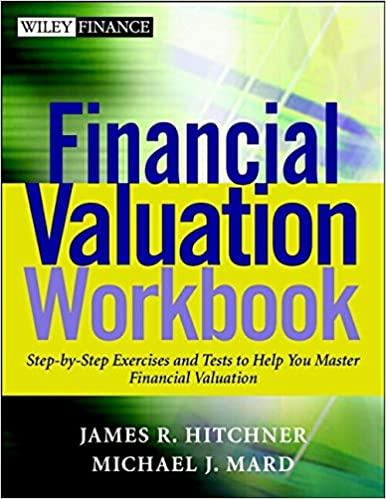Question
Mr. Tom is a risk averse investor. Before the COVID19 pandemic (i.e., pre-COVID19 period) his risk aversion coefficient was 2 and his optimal investments in
Mr. Tom is a risk averse investor. Before the COVID19 pandemic (i.e., pre-COVID19 period) his risk aversion coefficient was 2 and his optimal investments in a risky portfolio and risk-free asset were AU$60,000 and AU$ 40,000 respectively. Standard deviation of his complete portfolio was 21% and risk-free rate was 5%. During the COVID19 pandemic Mr. Tom becomes more risk averse and his risk-aversion coefficient increases to 4. Risk-free rate drops to 3% and return on risky portfolio increases by 2% (i.e., if the pre-COVID19 period return on risky portfolio is X%, return on risky portfolio during the COVID19 crisis becomes X% + 2%) and standard deviation of risky portfolio rises to 30%.
(a) Optimal investment proportion during COVID19 crisis period in risky portfolio
(b) Standard deviation of complete portfolio during COVID19 crisis
(c) Expected return of complete portfolio during COVID19 crisis
(d) Comment on the changes in Mr. Toms investment proportions in risky portfolio and risk-free asset between pre-COVID19 and during COVID19 periods.
Step by Step Solution
There are 3 Steps involved in it
Step: 1

Get Instant Access to Expert-Tailored Solutions
See step-by-step solutions with expert insights and AI powered tools for academic success
Step: 2

Step: 3

Ace Your Homework with AI
Get the answers you need in no time with our AI-driven, step-by-step assistance
Get Started


